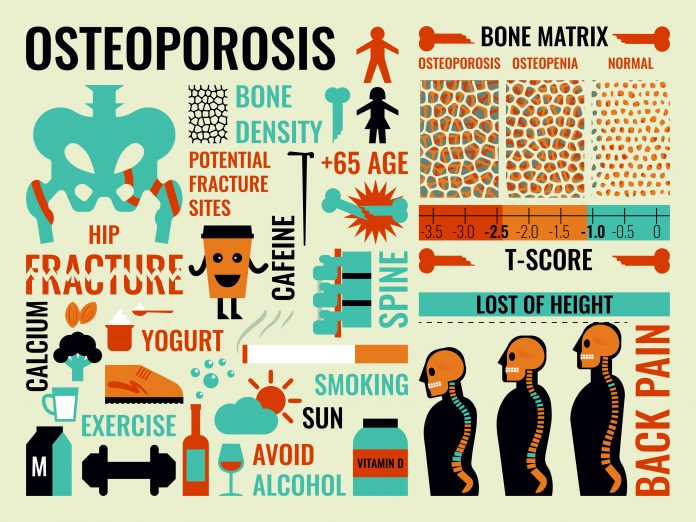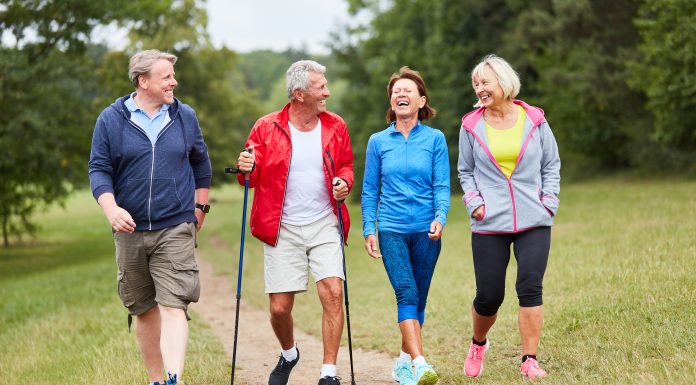Back pain. Weakening bones. Bone fractures that don’t heal quickly. These are all the realities of osteoporosis, an often debilitating condition that puts your bones in a constant state of renewal.
Today is World Osteoporosis Day and an important opportunity to recognize the seriousness of the disease and understand risk factors. Worldwide, osteoporosis takes a huge economic and personal toll. According to the International Osteoporosis Foundation, 1 in 3 women over the age of 50 experience osteoporotic fractures, as well as 1 in 5 men over the age of 50. We reach our peak bone mass by the time we’re in our 20s. As we age, bone mass is lost faster than it’s created. The higher your “peak” bone mass is when you’re young, the higher your stores are and the less likely you are to developing osteoporosis as you age.
Who is at risk of osteoporosis?
Several factors can place you at an increased risk of developing osteoporosis. Some of the unchangeable factors include:
- Age – the older you get, the more chance you have of developing osteoporosis
- Gender – females are much more likely to develop the disease
- Family history
- Race –Asians and Caucasians tend to be at more risk
- Hormone levels (lowered sex hormones can tend to weaken bones)
- Thyroid problems
- Body frame – those with smaller body frames have less bone mass to draw from as they age.
- Certain medications, such as steroids
Early signs of osteoporosis
Some warning signs that something isn’t right include the following. Be on the lookout and see your doctor if the following is happening:
- Loss of height over time
- Stooped posture
- Back pain
- Bone fractures that just won’t heal, or take a longer time to heal
- Frequent falls
Be sure to keep on top of doctor’s appointments and go for an early bone density screening to measure the bone density in your hips, spine and other areas. Don’t wait until you are experiencing frequent falls to get this test done. If you’re over the age of 65 (females in particular), be proactive, as the sooner your health practitioner can identify osteoporosis, the sooner a treatment plan can be started.
What can seniors do to improve risk factors?
Not all risk factors for osteoporosis are unchangeable. Some things can be done daily to reduce your chances of developing the condition. For example, maintaining an active lifestyle will improve muscle tone and keep bones healthier. People who spend a lot of time sitting will be more likely to develop osteoporosis. Walking (even if it’s light), cycling, dancing and weight lifting are most beneficial.
Paying attention to your diet is another big factor. Make that extra effort to get calcium in your diet. This can be through dairy products, or through leafy green vegetables, broccoli and nuts. While you’re at it, be sure to cut down on your alcohol consumption as even more than two alcoholic beverages per day can increase your risk of developing osteoporosis.
Educating yourself about osteoporosis and learning about the ways to lessen the effects of the disease will help keep the condition more manageable.
This article is intended for informational purposes only. If you are experiencing any of the symptoms mentioned, please consult your health practitioner.























